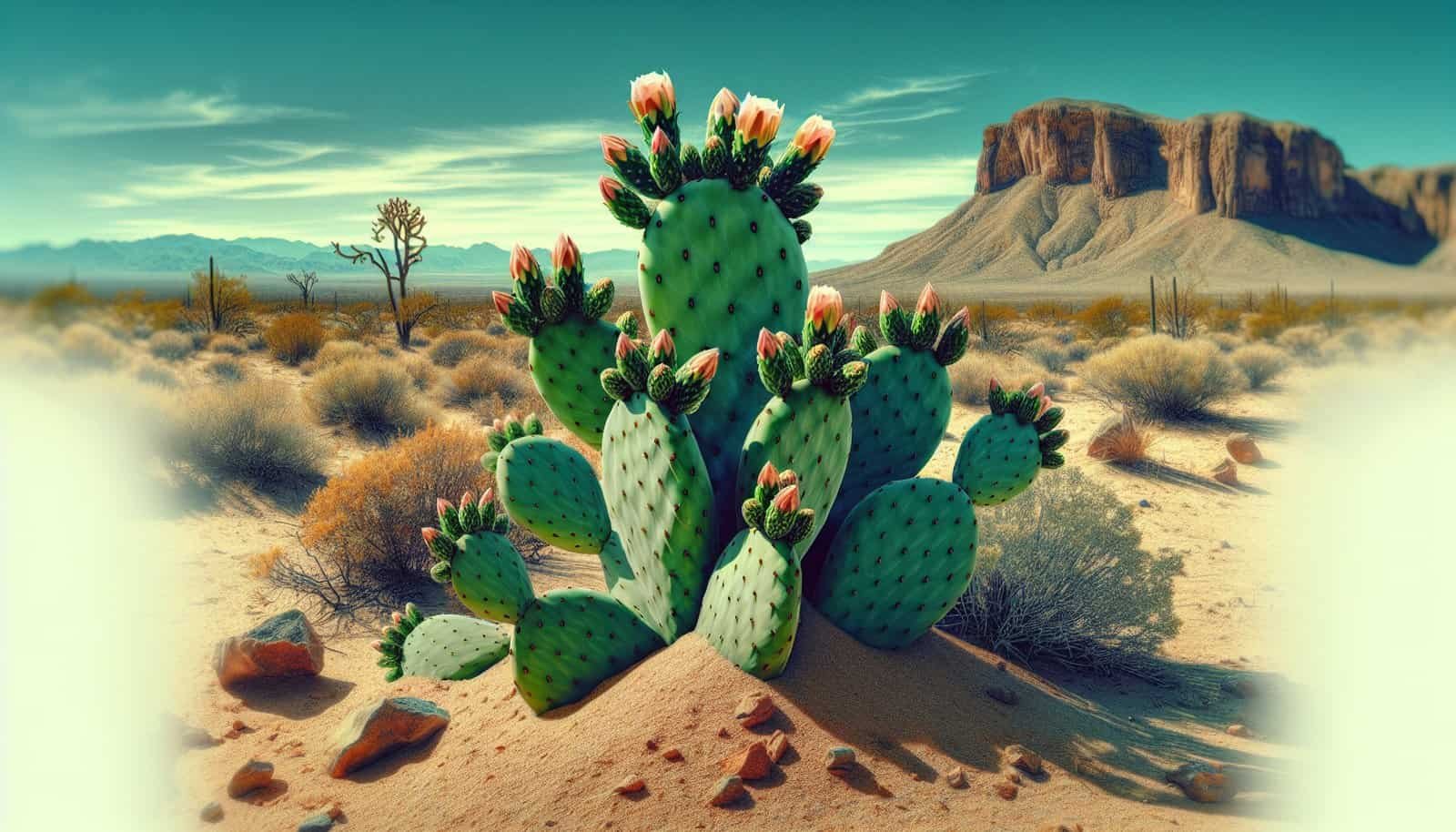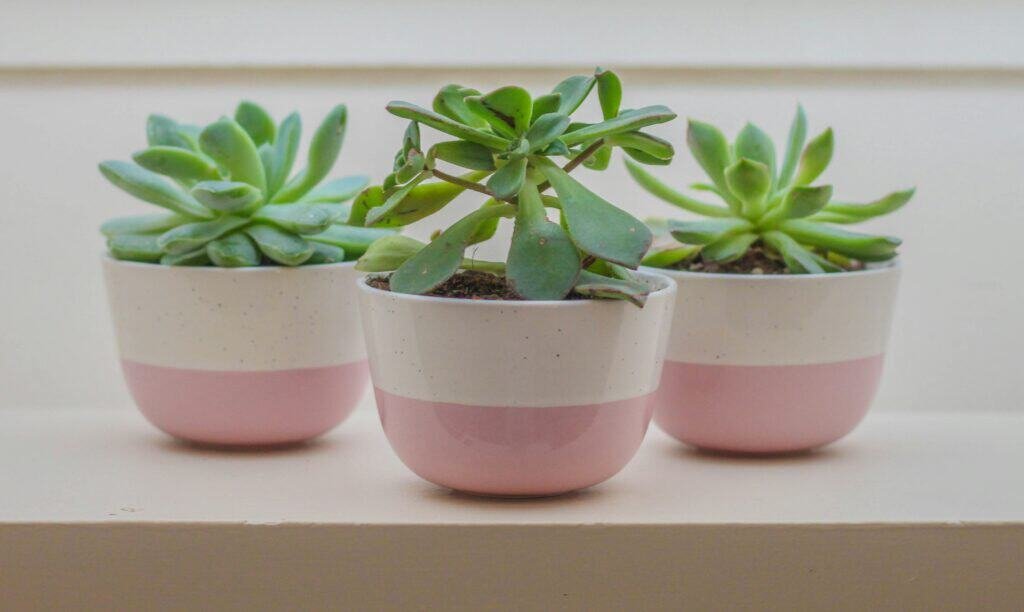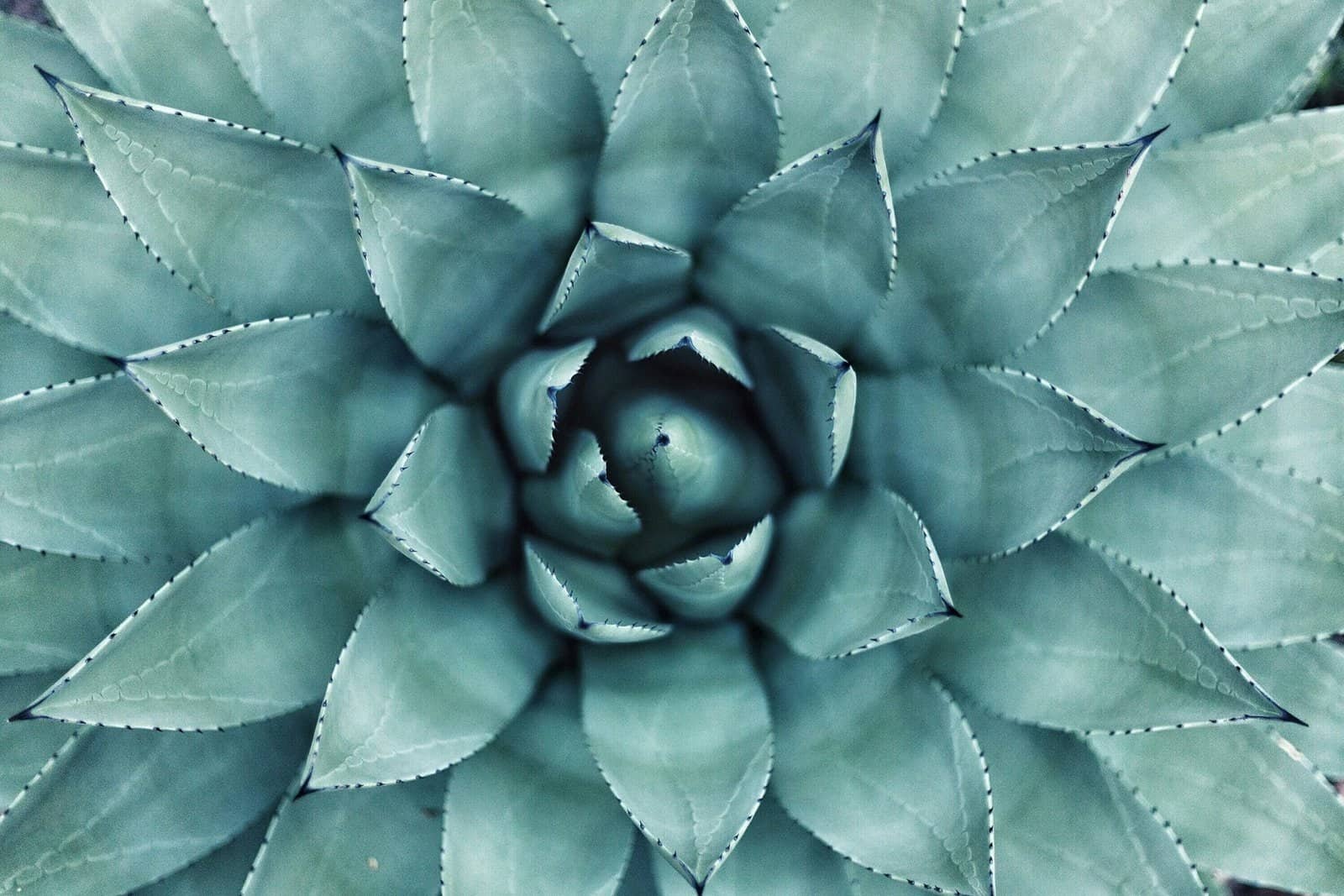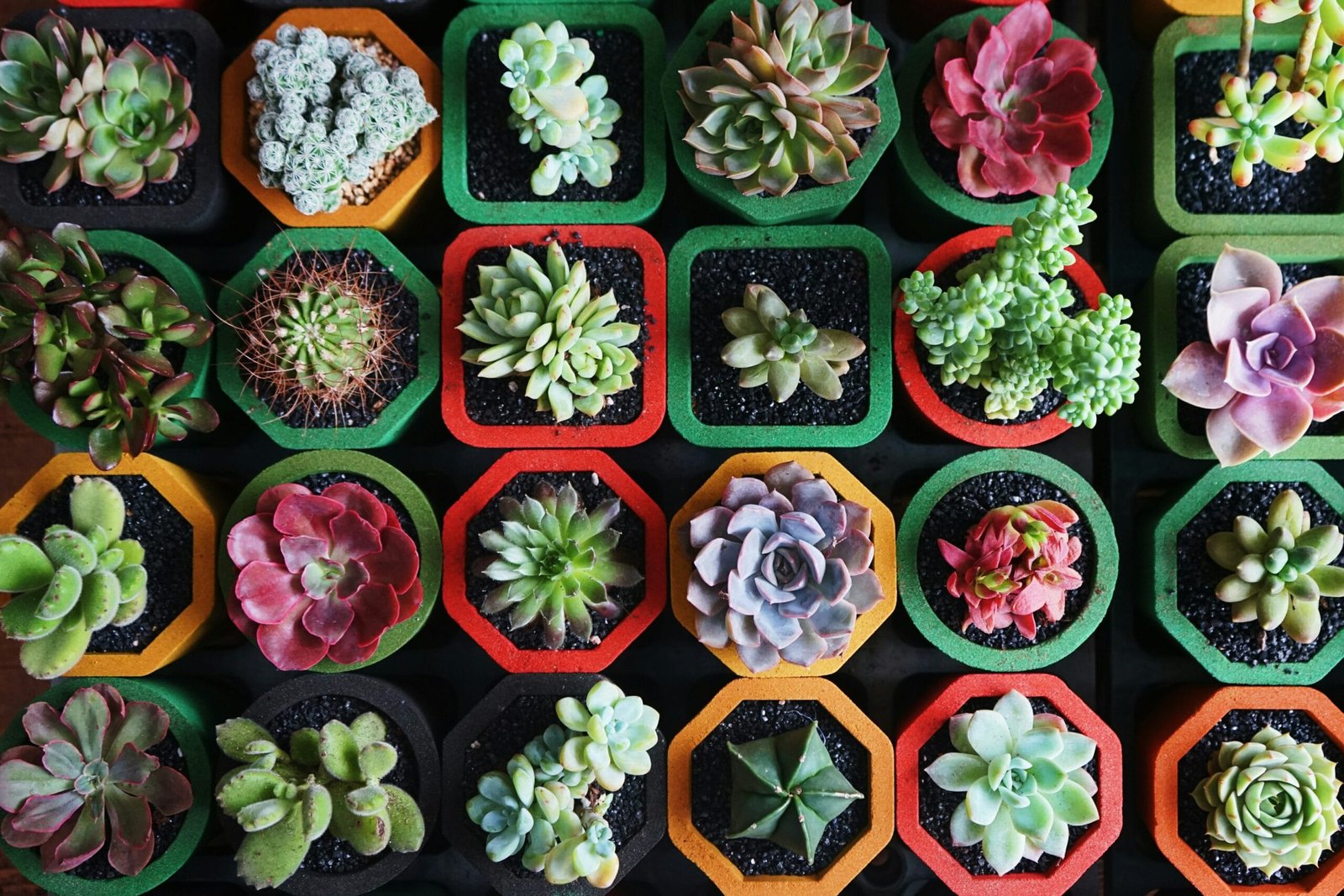Have you ever wondered how to grow nopal cactus in less-than-ideal soil conditions? This resilient and versatile plant, known for both its culinary and therapeutic uses, can thrive even when the environment isn’t perfect. Here’s how you can successfully cultivate nopal cactus in poor soil while ensuring it flourishes.

Understanding the Nopal Cactus
Nopal cactus, also known as prickly pear, is a type of cactus native to the Americas. Its scientific name is Opuntia, and it thrives in various climates, particularly arid and semi-arid regions. This cactus is not just a staple in desert landscapes; it’s cherished in kitchens worldwide for its edible pads and vibrant fruits.
The nopal cactus is well-suited to poor soil conditions because it has adapted to survive with minimal nutrients and water. This makes it an excellent plant for gardeners facing challenging soil environments. However, understanding its basic requirements and characteristics is essential for optimizing growth and health.
Assessing Soil Conditions
Before you start planting, you’ll want to know exactly what type of soil you’re working with. While nopal is forgiving of poor soil, some types might still require minor improvements to support growth.
Testing Soil Composition
To effectively gauge the viability of your soil, conduct a basic soil test. Purchase a soil testing kit or send a sample to a lab for detailed analysis. This will tell you the pH level, nutrient content, and texture, providing crucial information on how to amend the soil for optimal cactus growth.
Interpreting Results
The ideal pH range for most cacti, including nopal, is between 6.0 and 7.5, although they can tolerate slightly more acidic or alkaline soils. The test results will also indicate if the soil lacks essential nutrients such as nitrogen, phosphorus, or potassium, which you can improve with supplements as needed.
Preparing the Soil
Once you know your soil’s current state, you can start preparing it for planting the nopal cactus.
Improving Soil Drainage
Drainage is crucial for cacti because standing water can lead to root rot. If your soil retains too much water, consider mixing in sand, gravel, or perlite to enhance its drainage capabilities.
Adding Nutrients
While nopal cacti can survive with minimal nutrients, a little boost never hurts. Compost or well-rotted manure can work wonders, providing organic matter and essential nutrients that might be lacking in poor soils. Use these amendments sparingly to avoid over-fertilization, which could harm the cactus.
Creating Raised Beds
If your soil is too compact or has persistent drainage problems, consider building raised beds. This method allows you to have more control over the soil composition and drainage, making it easier to create the perfect environment for your nopal cactus.
Planting Nopal Cactus
Now that your soil is ready, it’s time to plant your nopal cactus. Here’s how you can ensure a successful start.
Selecting the Right Variety
Not all nopal cacti are created equal. Some varieties are better suited for specific climates or soil conditions. Research and choose a variety that matches well with your local environment and soil characteristics.
Choosing Cuttings or Seeds
Nopal cactus can be propagated through seeds or cuttings. Cuttings tend to establish more quickly and are more straightforward for beginners. If using cuttings, select a healthy pad and let it dry for a few days before planting to prevent rotting.
Planting Techniques
Planting Cuttings:
- Select a well-sized cutting, about 6–12 inches long.
- Allow the cutting to callus over by leaving it in a shaded dry area for 5–7 days.
- Plant the cutting about 1 to 2 inches deep in the soil.
- Water the plant sparingly until it roots.
Planting Seeds:
- Nopal seeds need light to germinate, so barely cover them with soil.
- Ensure the soil remains moderately moist but never waterlogged.
- Seeds can take weeks to germinate, so be patient.

Watering and Fertilizing
Understanding how to properly water and feed your nopal cactus is crucial for maintaining its growth and health.
Watering Guidelines
While nopal cacti are drought-tolerant, they still need some water to thrive, especially during the initial growing phase.
- Initial Growth Phase: After planting, water sparingly but regularly, allowing the soil to dry between watering sessions.
- Mature Plants: Reduce frequency during cooler temperatures and when the plant has reached maturity, as they require less water.
Fertilization Strategy
Since nopal cacti originate from poor soils, they don’t demand much fertilizer, but periodic feeding can help when necessary.
- Apply a low-nitrogen, balanced fertilizer during the growth phase to encourage pad production.
- Limit fertilization to twice a year, typically in spring and fall, to synchronize with natural growth cycles.
Pest and Disease Management
Even though nopal cacti are hardy, they aren’t entirely immune to pests and diseases.
Common Pests
- Cochineal Insects: These small, scale-like insects can be managed by spraying the cactus with water or commercially available insecticide.
- Mites and Aphids: Regular inspection and the use of natural insecticides can help protect your cactus from these pests.
Disease Prevention
Nopal cacti may develop fungal infections due to overwatering or damp weather conditions. Ensure that your soil drains well, and treat fungal spots by removing affected pads and applying a fungicide to prevent the spread.

Harvesting Nopal Cactus
The nopal cactus offers both nutritious pads and fruits, popular in various recipes worldwide.
Harvesting Pads
Harvesting can typically start about a year after planting.
- Select young, tender pads, which are ideal for cooking.
- Use gloves and a sharp knife to cut the pads cleanly from the plant.
- Harvest in the morning when moisture content is highest for the best flavor and texture.
Harvesting Fruits
Fruits can be harvested once they are fully colored and slightly soft to the touch.
- Pick them using tongs or gloved hands to avoid their tiny spines.
- Store them in a cool, dry place or refrigerate to extend their freshness.
Culinary and Medicinal Uses
The nopal cactus is a staple in various cuisines and known for its health benefits.
Culinary Applications
Nopal pads can be grilled, sautéed, or added to salads and stews. They offer a taste similar to green beans with a hint of citrus. The fruits, known as prickly pears, are used in juices, jams, and desserts.
Medicinal Properties
Traditionally, nopal has been used to support glucose regulation, aid digestion, and provide anti-inflammatory benefits. Be sure to consult healthcare professionals before using it for medicinal purposes to avoid any adverse effects or interactions with medications.
Sustainability and Environment
Growing nopal cacti can be an eco-friendly option in areas with poor soil.
Environmental Benefits
- Drought Resistance: These cacti require minimal water, making them a sustainable choice in dry regions.
- Soil Stabilization: The root systems help prevent soil erosion, contributing to maintaining the environment.
Contributing to Biodiversity
By planting nopal cacti, you’re supporting local wildlife, as their flowers and fruits provide food for birds and other small animals.
Growing nopal cactus in poor soil conditions is not only possible but rewarding. With just a little knowledge and preparation, you can enjoy the benefits of these resilient plants in your garden. In doing so, you’re not just growing food and medicine; you’re creating a sustainable oasis that can thrive even in challenging environments.


